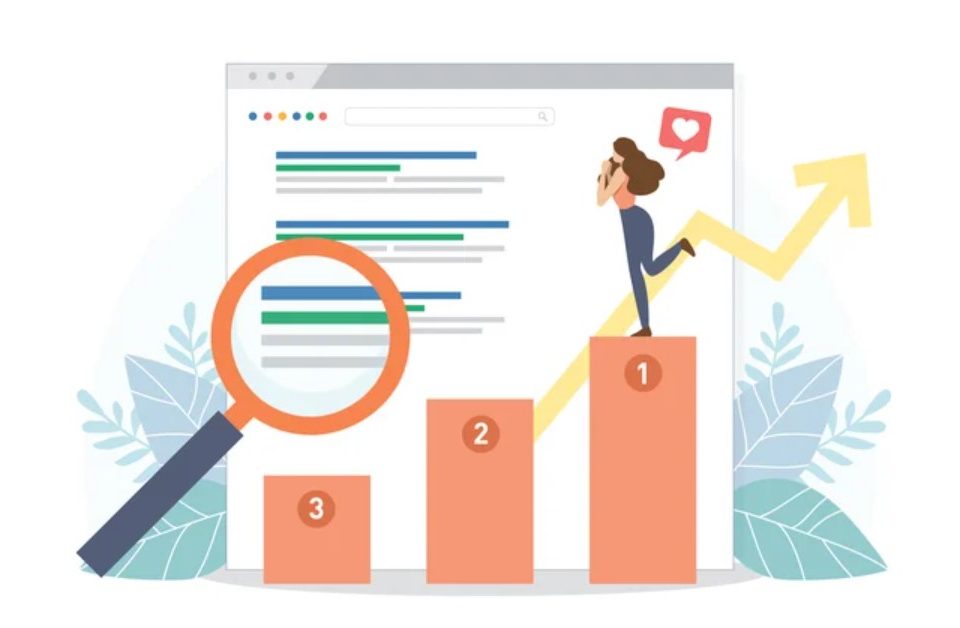- 0243394034
- info@centralcoastseo.com.au
- Google 1st Pages Guaranteed in Writing.
3 Steps to Mastering Local SEO

How to Master Local SEO
The majority of online shoppers search the internet in hope of finding a local business to fulfil their purchasing needs. And most of the consumers who do so end up visiting the establishments they find online. It’s common sense after all.
Local SEO is an online marketing approach focused on targeting these prospects who are searching near you. If you run a bricks-and-mortar store or service business covering a specific geographical area, you should always direct your marketing efforts mostly toward local SEO. Because as the Pareto principle tells us (paraphrasing of course): ‘80% of your sales will come from 20% of the suburbs you service’. Local SEO allows you to focus in on where the action is!
With some simple SEO marketing techniques, you can get Google to show your business listing or e-commerce website to relevant audiences in the local area to help grow your business in 2021.
Here are three proven ways to take advantage of intent-backed local searches:
Claim Your Business on Google My Business
Google My Business is the single most powerful online citation listing you can get, and allows you to showcase your business to potential shoppers on Google’s SERPs. To get this, first claim and verify your business with Google My Business to prove that it’s a legitimate enterprise. Then, populate the page with customer-relevant details about your business, such as NAP (name, address and phone number), working hours, website link, descriptions, directions, photos and do client outreach to get some 5-star reviews. Always describing your business accurately and in as much detail as possible. If adequately populated, Google may rank your listing among the 3 top results of local business searches within your category and location on what is known as the ‘Google Map 3-Pack’. This being the three businesses you see inserted in a normal Google search page.
Optimise your site for local keywords
Local SEO is all about place and location, because people search for ‘What they want’ and ‘Where they want it’. Your web content needs to reflect your service area (region, city and country) in order to attract relevant customers. Adopt a keyword strategy that optimises your webpages for visibility within a targeted geographical region. For instance, include your business’s location on your site’s title tag, landing page URL and content. And in the header tags, meta descriptions, images and media metadata. Take some time to carefully research the best ranking but least competitive location-based keyword combinations for your niche.
Keeping in mind of course that Keywords ‘ain’t all that’ any more. And they haven’t been since 2011/12 when the Panda Algorithm changed search forever. So keywords are a mere component of your local SEO strategy, and are NOT your end game.
Build Local Citations
A local citation is any mention of your business’s name, address or phone number (NAP) on external websites. Especially directory websites.
Citations on social media, forums, online directories, reviews and guest posts send positive SEO signals to search engines and also help draw foot traffic to your site and physical establishment. More citations are definitely better, but you also want to make sure each source is authentic. And as in all things SEO, more is only better if the quality and relevancy is there. Because too much of a bad thing can actually penalize your website in Google.
Optimising your online presence for your local business sets you up for better conversion rates, web traffic and ultimately: sales. Local SEO allows you to push ahead of your competitors by growing your brand awareness and market reach to the audiences that really matter. While also (and some would say, more importantly) MAKING THE PHONE RING.
Let the Experts Handle Your Local SEO for You
Understanding SEO is a full-time job. And is ultimately something that is best left to the experts. Fortunately, Central Coast SEO & Web Design have over 20 years’ in the SEO game, are locally based (in Point Clare) and can craft the perfect local SEO strategy for your business.
Call us on (02) 4339 4034 and speak business owner to business owner. It’s time to make 2021 the year your business growth explodes!


















